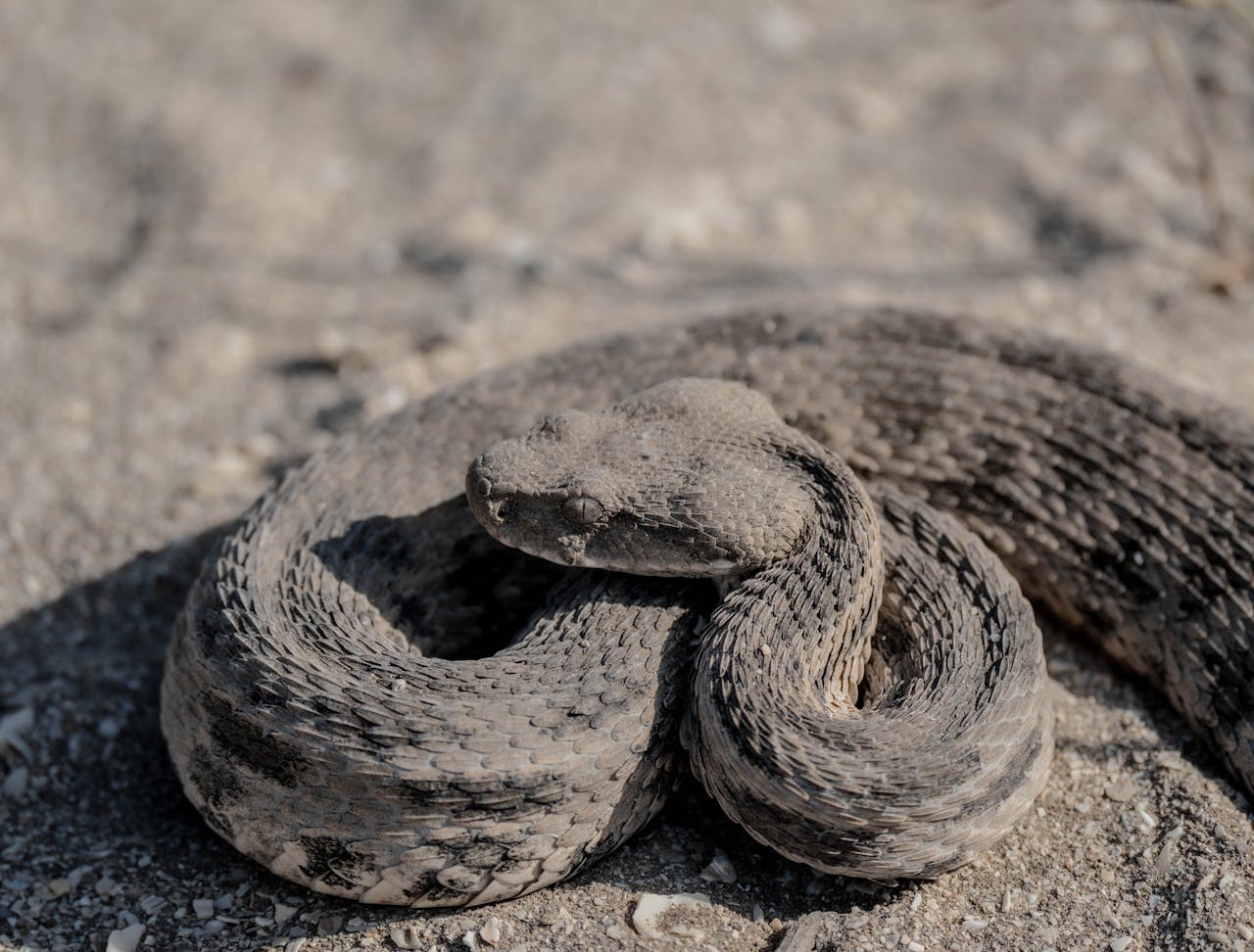In the mysterious world of reptiles, snakes have developed sophisticated communication systems that often go unnoticed by human observers. Despite lacking vocal cords and external ears, these remarkable creatures maintain complex social interactions through various subtle signals. Their communication methods have evolved over millions of years, allowing them to coordinate mating, establish territory, warn of dangers, and navigate their environments effectively. Understanding these communication channels not only provides fascinating insights into snake behavior but also helps dispel common misconceptions about these often misunderstood animals. Let’s slither into the secretive world of snake communication and explore the ingenious ways these limbless reptiles share information with one another.
Chemical Signaling Through Pheromones
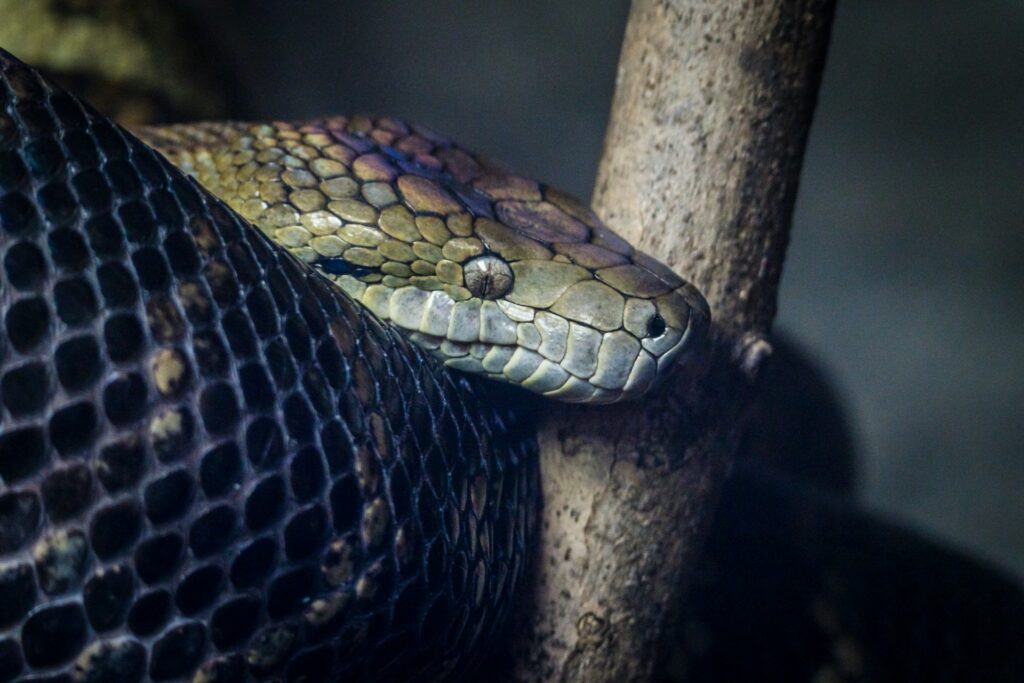
The most important form of snake communication is through chemical signals called pheromones. Snakes constantly release these chemical messages that convey information about their species, sex, reproductive status, and even individual identity. Other snakes detect these chemicals primarily through their forked tongues, which collect particles from the air or ground and transfer them to the vomeronasal organ (Jacobson’s organ) in the roof of their mouth for analysis. During breeding season, male snakes can track female pheromone trails for miles, following the invisible scent pathway with remarkable precision. This chemical communication system is so sophisticated that a male snake can determine not only if a female is receptive to mating but also how recently another male has been in the area.
Tongue Flicking Behaviors
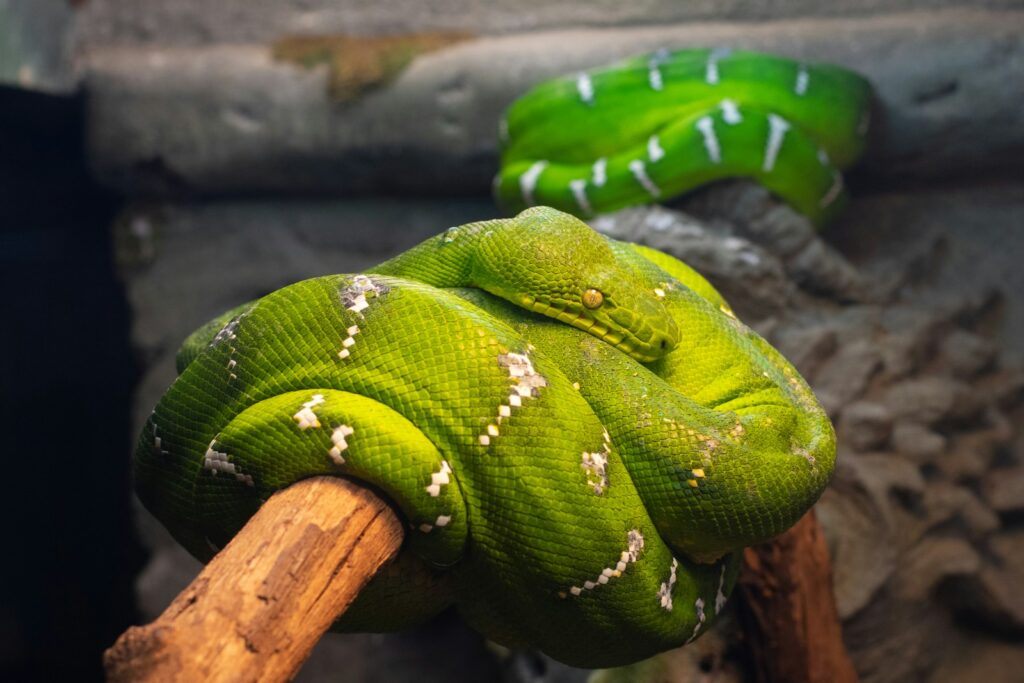
The distinctive tongue-flicking behaviour in snakes serves as both a sensory tool and a form of communication. When a snake rapidly extends and retracts its forked tongue, it’s actively sampling airborne chemicals and gathering information about its surroundings. The frequency and intensity of tongue flicking can signal different states to nearby snakes – rapid flicking might indicate excitement, interest in a potential mate, or detection of prey. Other snakes can observe these changes in tongue-flicking patterns and adjust their own behavior accordingly. In some species, males engage in ritualized tongue-flicking displays during courtship, demonstrating their health and genetic fitness to potential mates. This visual signaling combined with chemical sampling creates a multi-channel communication system that’s remarkably effective despite its subtlety.
Body Positioning and Posture

Snake body language conveys crucial information to conspecifics through various postures and positions. When feeling threatened, many species will adopt defensive postures like raising the front portion of their body, flattening their neck (in cobras), or coiling tightly with head poised to strike – all clear warnings to other snakes to keep their distance. During mating season, male snakes may engage in “combat dances” where they intertwine their bodies and attempt to push each other down, communicating strength and dominance to establish mating rights. Some species demonstrate submission by flattening their bodies against the ground or slowly retreating with minimal movement. Even subtle changes in muscle tension throughout a snake’s body can signal its emotional state and intentions to other nearby snakes who are attuned to these visual cues.
Tactile Communication Through Touch
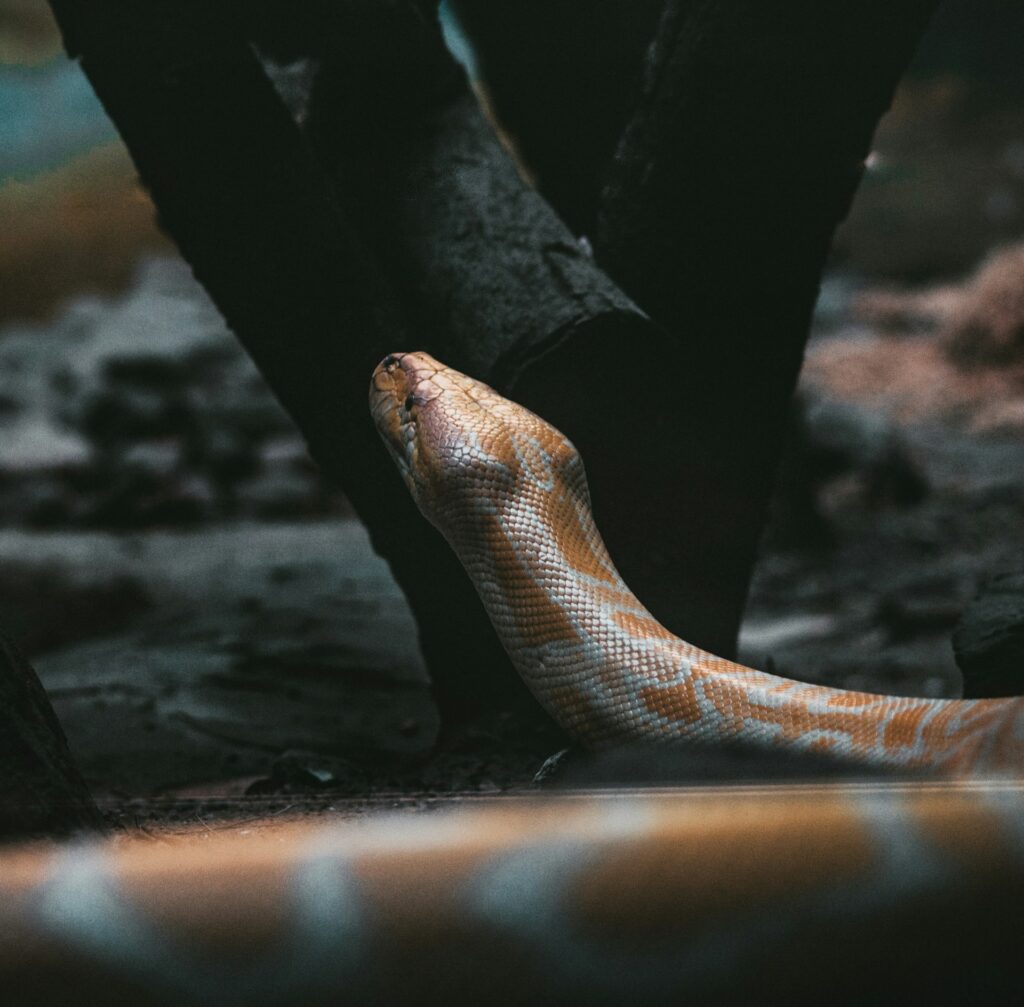
Physical contact plays a significant role in snake social interactions, particularly during courtship and mating. Male snakes often engage in specific touching behaviors with females, including body alignment, gentle nudging, and specialized movements that stimulate receptivity. During mating season, male garter snakes produce specialized skin chemicals that other males can detect through touch, helping to identify the sex of individuals in large mating aggregations. Mother pythons and some other species that guard their eggs maintain physical contact with their clutches, sending thermal and tactile signals that may communicate protection to the developing embryos. In communal winter dens, where multiple snakes gather to hibernate, physical contact serves both for thermoregulation and as a form of passive communication about safe spaces and group membership.
Vibrational Signals

Though snakes lack external ears, they are remarkably sensitive to vibrations transmitted through the ground or other surfaces. Many species communicate through deliberate movements that create specific vibration patterns – from the famous rattlesnake’s tail shake to more subtle body tremors. These vibrations travel through the substrate and can be detected by other snakes through their jawbones and internal ear structures. During courtship, some male snakes produce specific vibrational patterns by rhythmically pulsing their bodies against the ground, sending signals that can travel significant distances to attract females. Defensive vibrations, like the rapid tail shaking seen in many species even without rattles, serve as warning communications to potential threats including other snakes. Research has shown that snakes can distinguish between different types of vibrations, responding differently to those created by predators versus those made by potential mates or prey.
Visual Displays and Color Changes

While snakes lack the ability to change colors as dramatically as chameleons, several species can alter their appearance subtly to communicate with others. The Indian cobra can lighten or darken the hood markings during threat displays, enhancing the visual impact of its defensive posture. Male garter snakes sometimes display more vibrant colors during breeding season, signaling their reproductive status to females and competing males. Some arboreal species use their body positioning among branches to create distinct visual silhouettes that communicate territorial boundaries to potential rivals. The speed and pattern of movement also constitute important visual signals – quick, erratic movements typically indicate agitation or warning, while slow, deliberate movements may signal non-threatening intentions or hunting behavior that other nearby snakes can interpret and respond to accordingly.
Thermal Communication
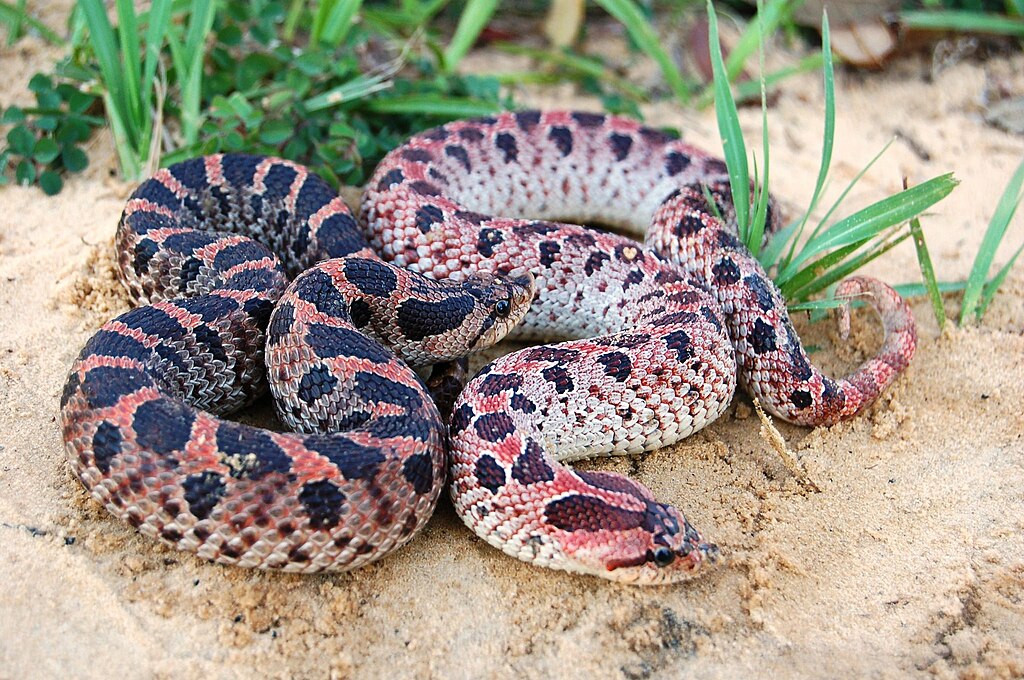
Many snake species possess extraordinary heat-sensing capabilities through specialized pit organs or heat-sensitive scales, allowing them to detect minute temperature differences in their environment. This thermal sensitivity also plays a role in their communication system, particularly among pit vipers and pythons. During courtship, male pythons may increase their body temperature slightly when approaching females, creating a thermal signal that helps communicate their presence and intentions. In communal nesting sites, female pythons that engage in maternal care regulate the temperature of the egg clutch, potentially communicating thermal information to both the eggs and other nearby females. Thermal signals can help snakes identify appropriate partners during breeding season, as healthy individuals typically maintain more consistent body temperatures. This form of communication remains one of the least understood but potentially most sophisticated systems in snake social behavior.
Environmental Modification as Communication
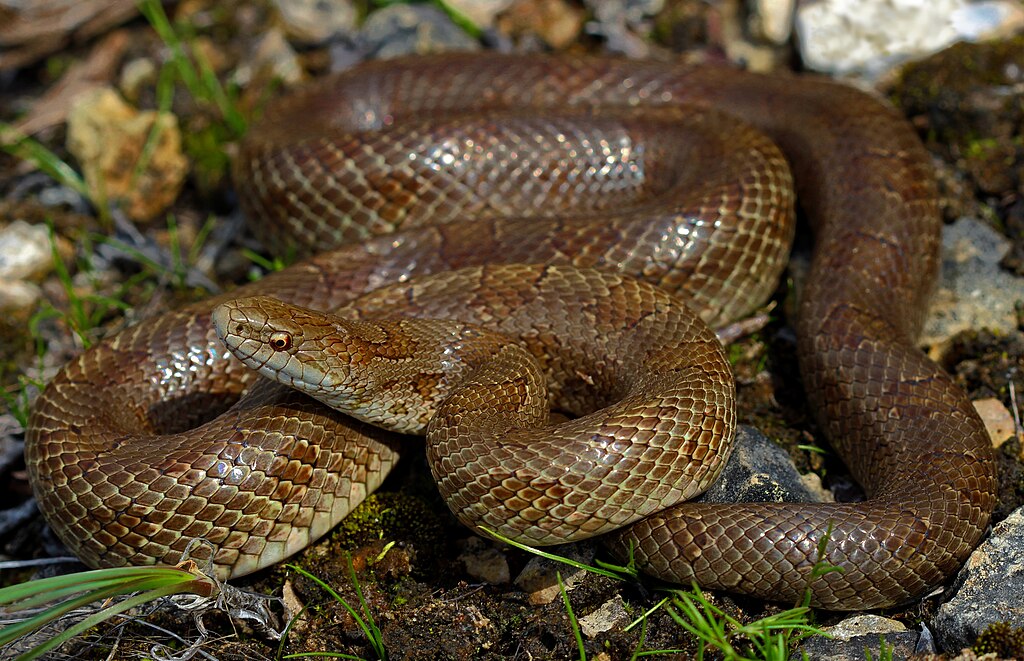
Some snake species engage in deliberate environmental manipulation that serves as a form of indirect communication with other snakes. Certain male snakes create distinctive drag marks or patterns in soft substrates while searching for mates, leaving behind physical evidence of their passing that can be detected and followed by females. Many species deposit strategic scent marks by rubbing specialized glands against rocks, branches, or other environmental features, creating long-lasting chemical signposts that communicate territorial boundaries. Female snakes often leave chemical trails when searching for appropriate nesting sites, inadvertently creating information pathways that other gravid females may follow to suitable egg-laying locations. These modifications to the environment create a form of delayed communication that extends the snake’s signaling ability beyond immediate interactions, allowing them to “converse” with other snakes that may pass through their territory hours or even days later.
Synchronized Group Behaviors

While most people think of snakes as solitary creatures, many species display remarkable synchronized behaviors that require sophisticated communication. In communal hibernation dens, dozens or even hundreds of snakes coordinate their movement patterns, responding to subtle chemical and thermal cues from each other to determine when to emerge in spring. Certain water snake species hunt in loose cooperative groups, communicating through movement patterns and body positioning to effectively corral fish into areas where they can be more easily captured. Female pythons in shared nesting sites coordinate their brooding behaviors, taking turns maintaining optimal incubation temperatures for the collective egg mass. These synchronous behaviors demonstrate that snakes possess a much more complex social awareness than previously thought, allowing them to coordinate activities through multiple subtle communication channels simultaneously.
Reproductive Communication Systems

Reproduction drives some of the most elaborate communication displays in the snake world. Males of many species produce specialized courtship pheromones from skin glands that signal their genetic quality and readiness to mate. Female snakes release distinctive airborne chemicals when they become reproductively receptive, triggering dramatic behavioral changes in nearby males who may travel long distances following these chemical signals. During actual courtship, pairs engage in complex behavioral dialogues involving specific body movements, tactile stimulation, and chemical exchanges that must proceed in the correct sequence for successful mating to occur. After mating, females of some species produce “mated female” pheromones that discourage further courtship attempts, effectively communicating their reproductive status to other males in the area and preventing harassment during pregnancy.
Acoustic Communication Methods
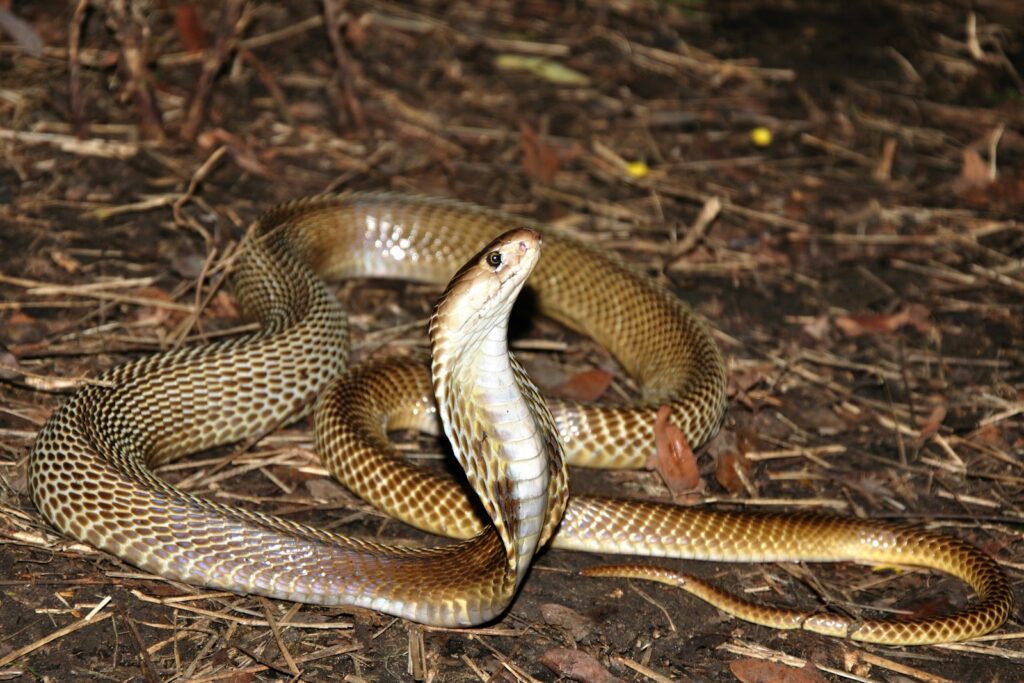
While lacking vocal cords, several snake species have evolved alternative methods of producing sounds that serve as communication signals. The most famous example is the rattlesnake’s rattle, created by specialized interlocking segments on the tail that produce a distinctive buzzing sound when vibrated rapidly. Beyond rattlesnakes, many species can produce hissing sounds by forcefully expelling air through a specialized structure called the glottis, with different hissing patterns communicating different threat levels. Some larger snakes, particularly pythons and boas, can produce low-frequency sounds by contracting specific muscles that create vibrations perceptible to other snakes. The bull snake has evolved ridged scales near its cloaca that produce a convincing rattlesnake-like buzzing when the snake vibrates its tail against dry leaves or grasses – a form of acoustic mimicry that communicates a false warning to potential predators and possibly to other snakes as well.
Seasonal Changes in Communication Patterns

Snake communication systems demonstrate remarkable plasticity, changing dramatically with seasonal cycles. During breeding season, male snakes show heightened sensitivity to female pheromones and increased production of their own chemical signals, while females broadcast specific receptivity cues only during narrow temporal windows. As temperatures drop and hibernation approaches, many species shift their communication focus toward aggregation signals that help them locate suitable communal dens. Maternal pythons and other egg-guarding species display unique communication behaviors only during the incubation period, reverting to standard patterns after hatching. Research has shown that even the chemical composition of snake pheromones can change seasonally, with winter-active snakes producing different signal compounds than during summer months. These temporal shifts in communication methods demonstrate how snake signaling systems have evolved to optimize information transfer during the most critical periods of their annual cycle.
The Evolution of Snake Communication
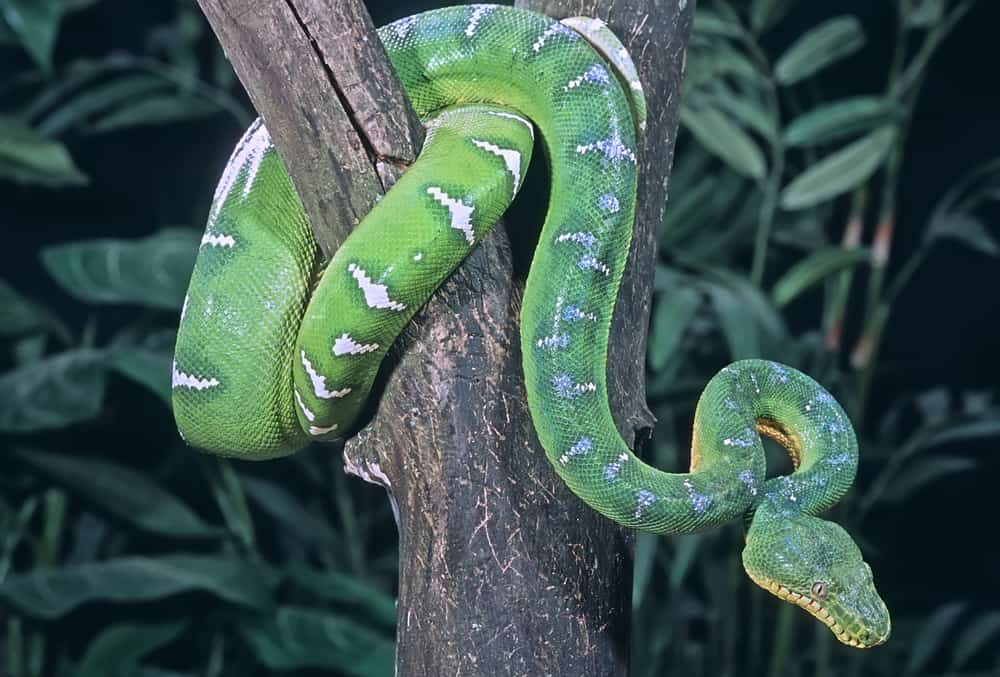
The sophisticated communication systems observed in modern snakes represent millions of years of evolutionary refinement. As limbless reptiles, snakes faced unique challenges in signaling to conspecifics, leading to the development of highly specialized chemical, tactile, and vibrational communication channels that don’t rely on limb movements or vocalization. Different snake families evolved distinct communication specializations – boas and pythons developed advanced infrared sensing, vipers refined chemical detection systems, and colubrids created elaborate visual displays. Comparative studies suggest that the earliest snake ancestors likely relied primarily on chemical signaling, with other communication modalities evolving later as snakes diversified into different ecological niches. The remarkable diversity of communication strategies across snake species demonstrates how evolution has repeatedly found creative solutions to the fundamental challenge of information transfer between individuals, even within the apparent constraints of the serpentine body plan.
In conclusion, snakes employ a fascinating array of subtle communication methods that belie their reputation as simple, solitary creatures. From chemical signals and body language to vibrations and environmental modifications, these reptiles have evolved sophisticated ways to share information despite lacking the vocal abilities and expressive features of many other animals. Their communication systems reveal complex social dimensions previously underappreciated by researchers. As science continues to unravel these serpentine conversations, we gain not only a deeper understanding of snake behavior but also insights into the evolution of communication itself. These silent dialogues occurring in forests, deserts, and grasslands around the world remind us that nature’s communication networks extend far beyond human perception, with messages being exchanged in modalities we’re only beginning to comprehend.

